Uses for Countersunk Magnets
We have dozens of different countersunk magnets, in various shapes, sizes and strengths. These are some of our most popular magnets, but what can they be used for? In this article, we'll highlight some common uses for countersunk magnets and provide answers to commonly asked questions.
Basically, countersunk magnets are good for whenever you need to securely fasten a magnet to an object or surface. Gluing magnets works, but sometimes you need something more rigid, which is where countersunk magnets are great.
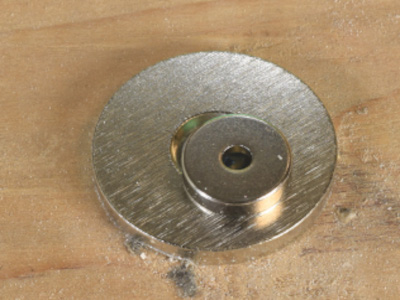
FAQ about countersunk magnets
- When does polarity matter? If the magnets are attracting to a piece of steel, the polarity doesn't matter. For example, our R822CS-N has the countersunk on the north pole, while the R822CS-S has the countersunk on the south pole. Each pole will equally attract to the steel. The only time polarity matters is if the magnet is attracting to another magnet - which is why we also sell them in pairs, like our R822CS-P.
- Should I use another countersunk magnet, or a steel washer? This answer can depend on the application. When using two magnets, there could be alignment issues. You have to make sure the magnets are perfectly aligned, or they might not pull nicely to each other. In our Magnetic Forces article, we show that offset magnets could actually repel each other at a certain point. Using a steel washer can eliminate this, since the magnet will stick anywhere on the steel. However, as we explain in our Magnets vs. Steel article, you might not get the full pull force between a magnet and a similarly sized steel washer. The washer would need to be about twice as large as the magnet to get 99% of the pull force. So if force or space is an issue, using two magnets might be better.
- Does screw material matter? Brass, stainless, or regular steel screws? The screw material doesn't matter too much, don't fret over choosing the right material. In our Magnetic Doorstops article, we did find that using a steel screw slightly increased the force of the magnet, but it might not be a noticeable difference in most applications. Steel screws can be frustrating to use with magnets!
- Can the countersunk magnets accept rivets? Yes! For this article, we tested out two different rivet sizes with our countersunk magnets. We found that an 1/8" rivet fits in most #4 or #6 screw holes, and a 3/16" rivet fits most #8 or #10 holes.
| Rivet Size | Magnets |
| 1/8" rivet | R622CS-N, R822CS-N, RA22CS-N, B848CS, B884DCS, BC82CS-N, BC84DCS, BCC4DCS, BX048CS, BX082CS-N, BX088DCS, BX0X03DCS, BX884DCS, BY084DCS |
| 3/16" rivet | RC22CS-N, RC24DCS, RE22CS-N, RX033CS-N, RX434DCS, RX836DCS, BX0X08DCB, BY0X04DCS, BY0X08DCS |
Check out our Countersunk Magnets article where we do some testing on the torque limitations for countersunk magnets.
Common Uses
Click the links below to find more details about the magnets used in each picture!
Tool organization - Hang tools on the wall with strong countersunk magnets.
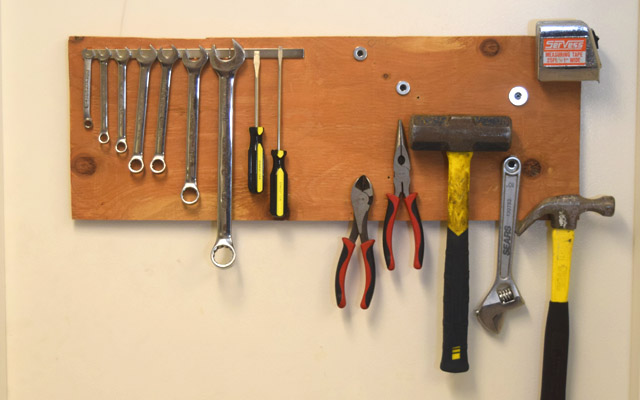
Removable panels - Need to make a removable access panel in your wall or ceiling? Countersunk magnets can help!
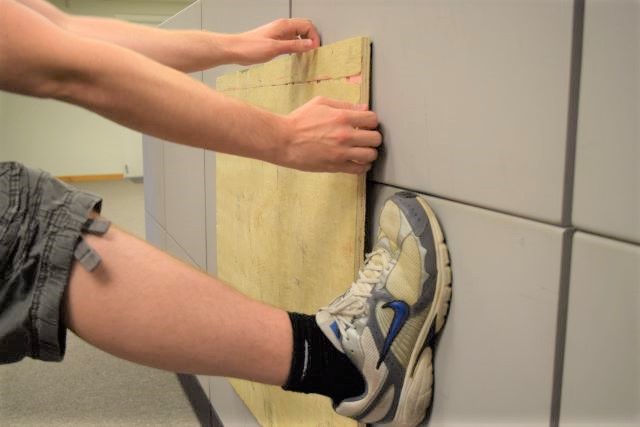
Door closures and doorstops - Hold doors open or closed using magnets. This is popular for sliding barn doors.
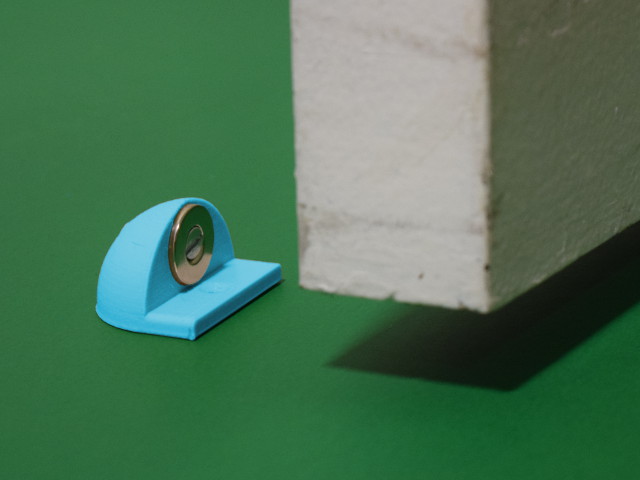
Magnet sweeper - Screw a magnet to a handle and pick up magnetic material.
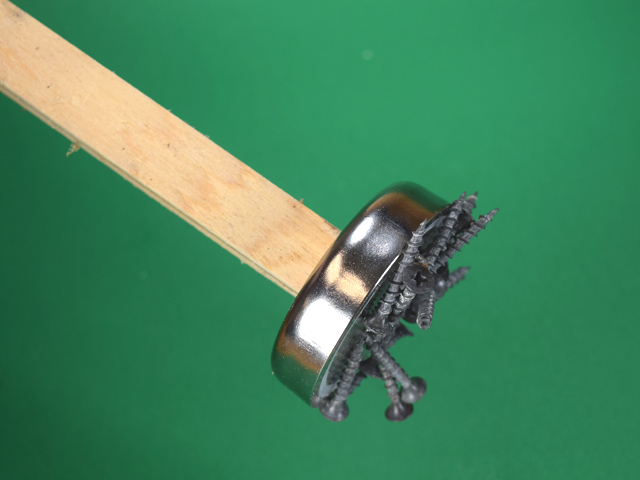
Models and miniatures - Countersunk magnets can help make movable joints or connect pieces easily.
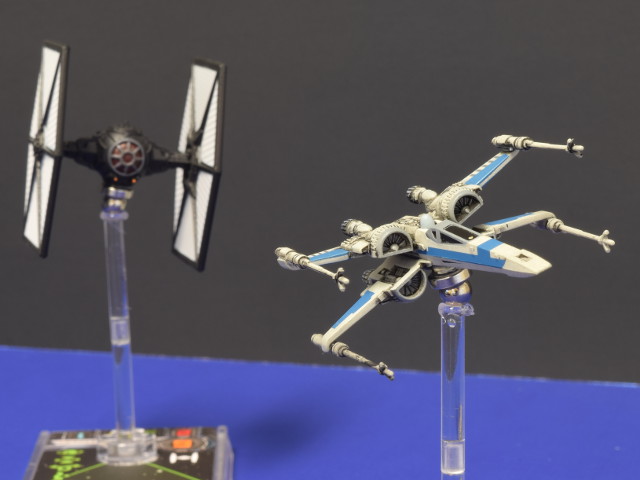
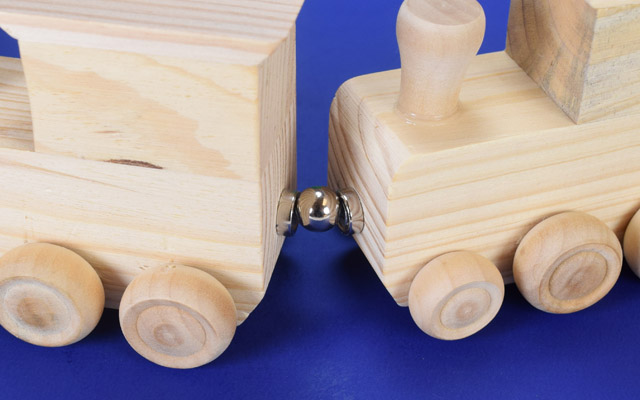
Cabinet closures - Keep stubborn cabinet doors or drawers shut.

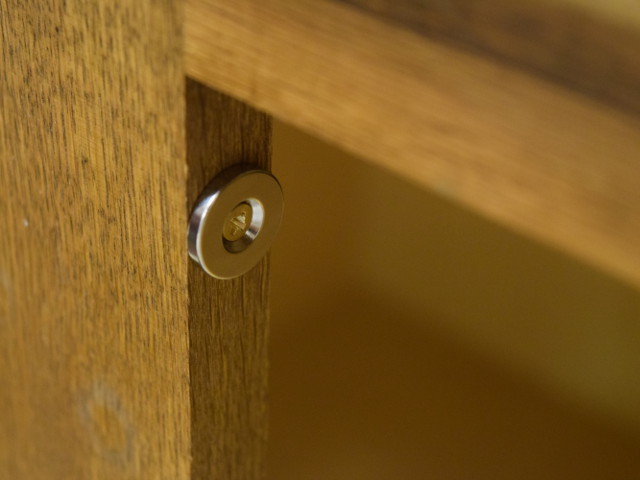
Bottle opener - Mount a bottle opener to a surface and catch the caps!

Hanging art - Using a hook is boring, use magnets instead.


New shapes and sizes!
We've added a few new countersunk shapes and sizes, see our BX882CS-P, BX084DCS and R824DCS. We've also added several existing sizes, but in grade N52! Check out our New Stuffcategory.
What projects have you used countersunk magnets for? Email us a photo, contactus@kjmagnetics.com, and we'll include it in this article!


